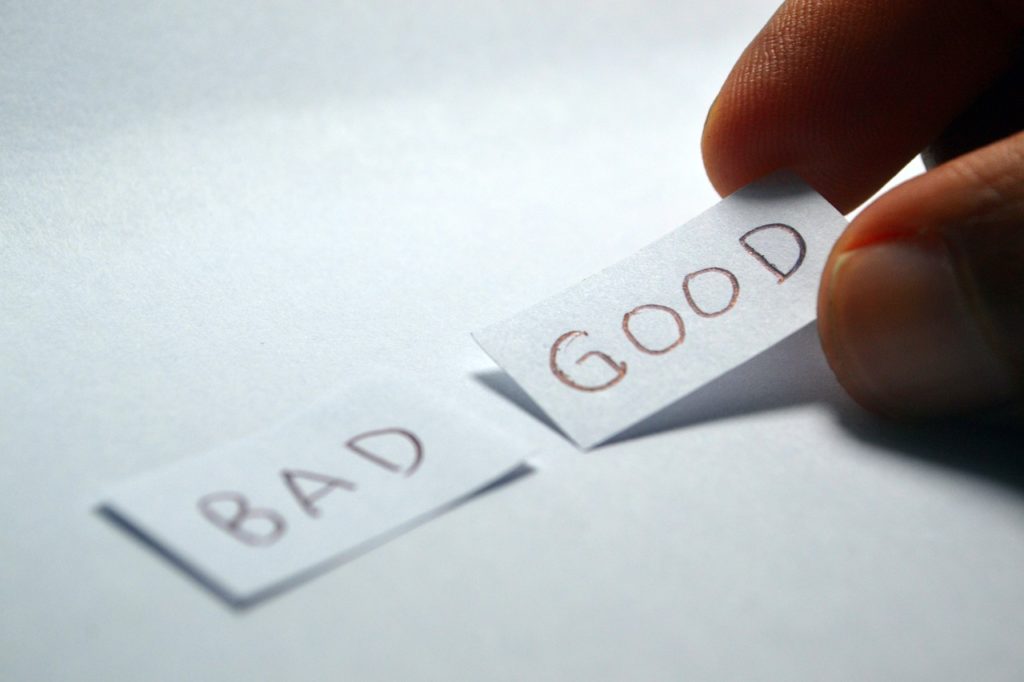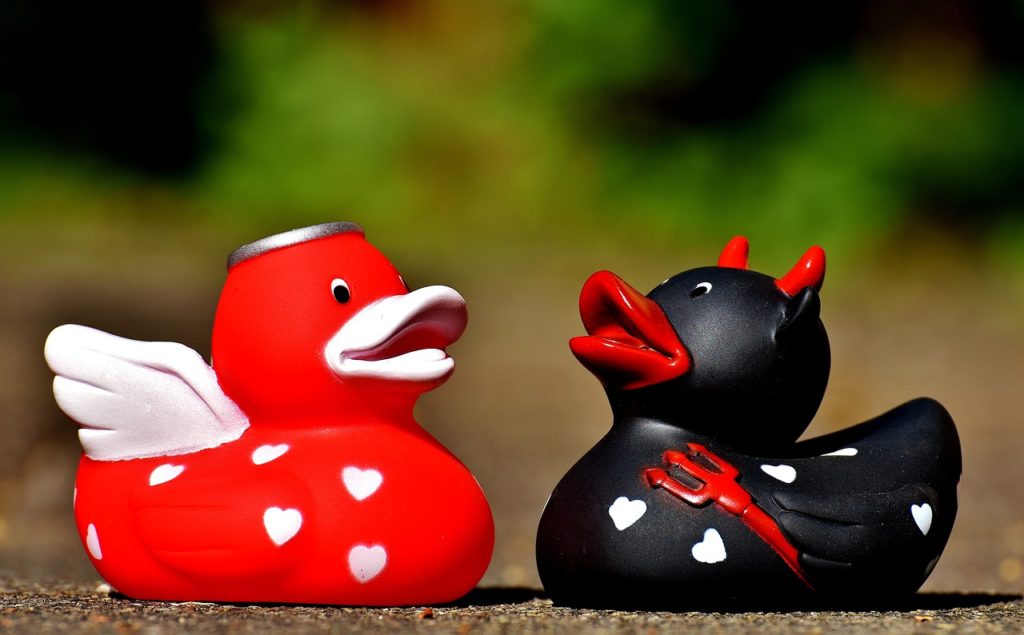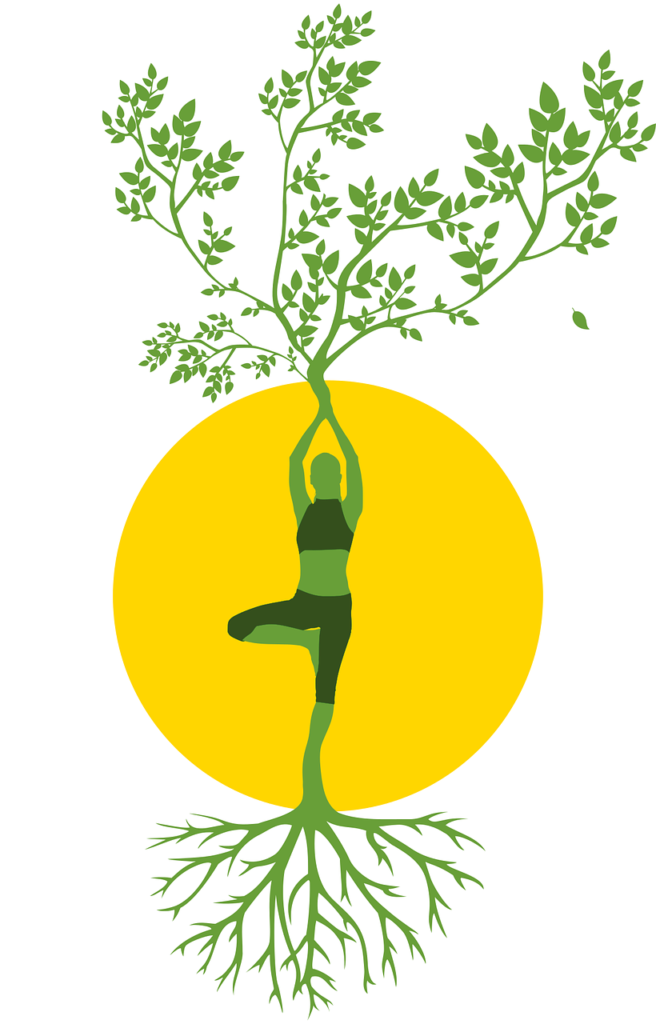You might be familiar with the yin and yang symbol since it shows up almost everywhere – tattoos, stickers, blog posts, etc.
But do you know the true essence of these two energies and what they mean? How about where they originated?
We’ll take a deep dive into these seemingly opposite energies.
The Roots of Yin and Yang
Yin and yang rose up out of Taoism. Often confused with being a religion, Taoism is an ancient philosophy that was developed in the 4th century B.C.E. in China. It centers around finding harmony and balance within.

‘Tao’ is usually translated as ‘the Way’. If there is to be an objective, striking the Way is to achieve that balance – to see both the good and the bad in everything.
The yin and yang teach us to embrace life’s natural ebbs and flows rather than pushing up against or anxiously striving to achieve them. And they work in tandem. You can’t have one without the other.
More Than Just Female and Male
Many a layperson believe that yin and yang are the female and the male. To some extent, this is true.
The yin, or the dark side of the symbol, is associated with the feminine. It represents the qualities of inwardness, stillness, coldness, wetness, negativity, and hardness. The light side, yang, represents the characteristics of outwardness, softness, brightness, positivity, warmth, and dryness. These are considered masculine. (Sounds a little sexist, right?)
Sexism aside, the philosophy states that the universe is composed of competing and complementary forces. There are the forces of the sun and moon, the light and dark, and, yes, the male and female.

It may seem dualistic. But to make sense of yin and yang, we need to understand that they are not static. Nor are they mutually exclusive. Yin-yang is rather about the interchange and interplay of the two energies. Not only do they coexist, but they often rely upon one another for their existence.
There is no day without night, no shadow without light, no sun without the moon. As such, there will always be small elements of yang witin yin and vice versa. Hence the white on black or black on white dots in each tear-shaped representation. The world is full of seemingly opposite forces that rely on one another to function.
The key is keeping them in balance.
How They Show Up in Everyday Life
Interestingly enough, yin can turn to yang and vice versa. The eggshell on an egg is considered yang, while the egg inside is yin. Grain that’s been harvested is yin, but it was yang while growing in the field. The yin-yang philosophy proposes that the wonderful things in life happen at the confluence of the two elements.
This explains why in Chinese medicine there is an emphasis on keeping yin and yang working in harmony. Regardless of one’s outward gender, both of these energies exist in the human body. But too much of one or the other can throw the body off balance.
According to the theory, yin dominates the night while yang dominates the day. Thus, if there is an imbalance that favors yin, one might sleep well at night, but feel lethargic, heavy, and cold throughout the day. On the flip side, too much yang can keep us hyper-energized throughout the day, but it doesn’t allow the body to find necessary peace and restoration during the night.
Our modern American society focuses heavily on doing and succeeding – which are yang characteristics. So it’s no surprise that many Americans are struggling with medical conditions resulting from a yang imbalance. There’s simply not enough emphasis placed on the importance of being vs. doing. As such, the Indian practice of yoga has adopted a yin-focused practice that helps address some of these issues.
It is known simply as yin yoga.
What Is Yin Yoga?

The traditional yin yoga practice has been around for almost half a century. Quite some time, even, before the highly yang-focused practices became part and parcel for much of Westernized yoga.
Unlike many of the high-energy, fast-moving practices that focus on muscle, yin yoga works to target the deeper connective tissues in the body. These include the ligaments, joints, bones, and deep fascia. It does this through passive and long-held (3-8 minutes) poses in a passive way. Unlike muscles, these tissues respond best to slow and steady loads.
Yin yoga also stimulates energy flow to the organs. It’s also a highly contemplative and inward practice – encouraging the practitioner to be with his or her own yin and yang thoughts and energies while working to keep them in balance.
Like so much of yoga, it’s good stuff.
Does Your Life Feel Out of Balance?
Life can get a little crazy at times. Add in keeping the yin and yang energies in balance and it can feel overwhelming.
We’ve got your back.
With our mobile and on-site yoga and life coaching services, we can help you strike that balance in your life to leave you more at peace. So contact us today. Let’s get started!



